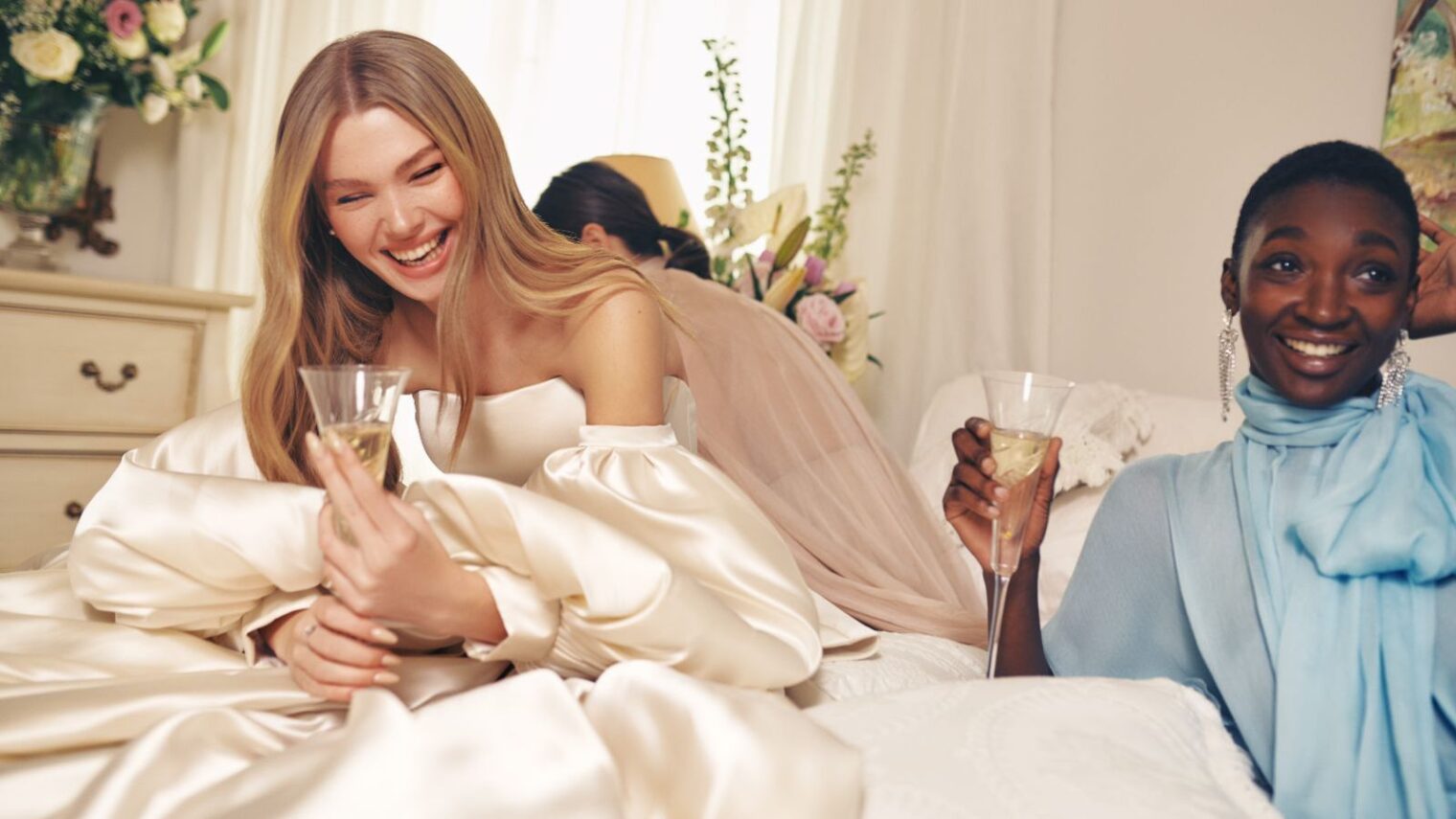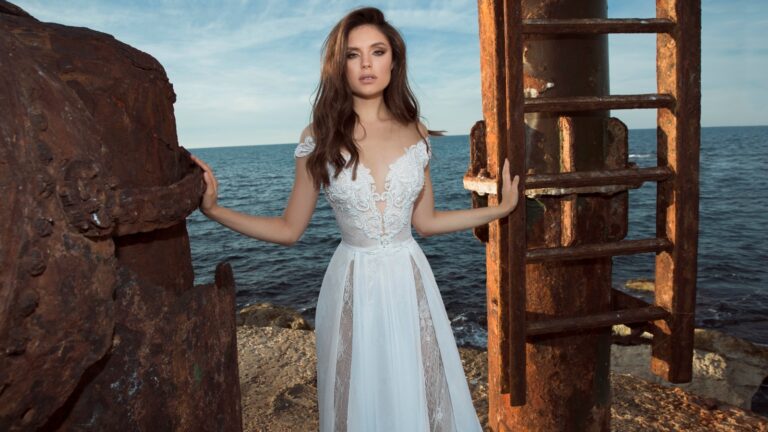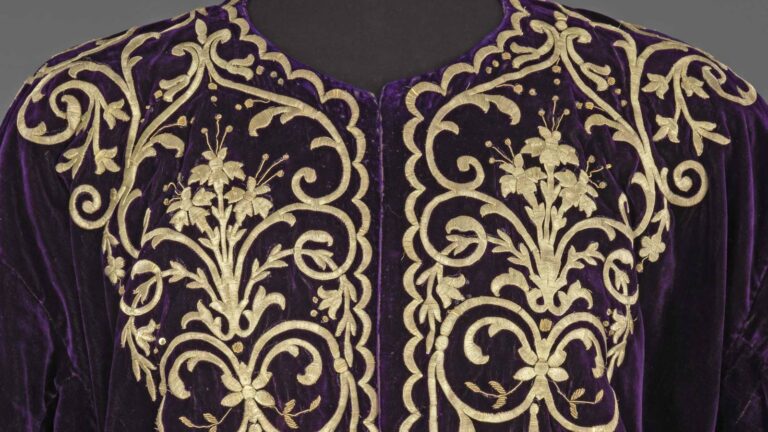It’s a simple truth that the most exciting thing about a wedding is the bride’s gown. Whether it’s cream, white, backless or with full-length sleeves, nothing radiates happiness more than a woman wearing the creation of her dreams.
But for the past year and a bit, this happiness was hard to come by, with weddings all over the world canceled, postponed or changed beyond measure.
Luckily, here in Israel wedding season is now back in full swing, meaning that we get to admire silky, frothy and lacy concoctions up close once more.
Before we do so, we spoke with three leading Israeli wedding dress designers about how the global pandemic affected them and how it influenced their work and Israel’s celebrated bridal design industry in general.
“Fashion always reflects its time period,” says Sharon Sever, head designer of the world-famous Galia Lahav couture fashion house, who spent the pandemic monitoring its effects across the globe.
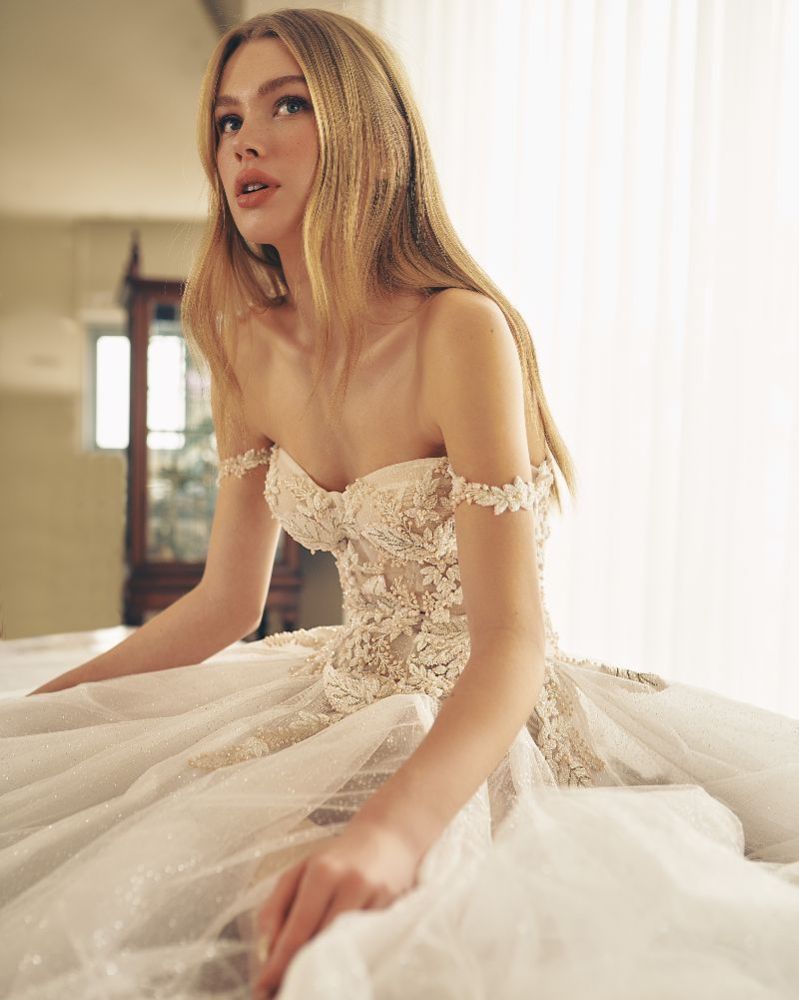
“We experienced a certain kind of shock and people are now viewing life in a slightly different perspective. Suddenly, happiness became momentary, so it also became total, and people wanted to go all the way,” he notes.
“Almost everything became custom, because each bride wanted something that was uniquely hers, that hadn’t been seen before – because if you’re already getting married, then the main memory is of the bride,” he says.
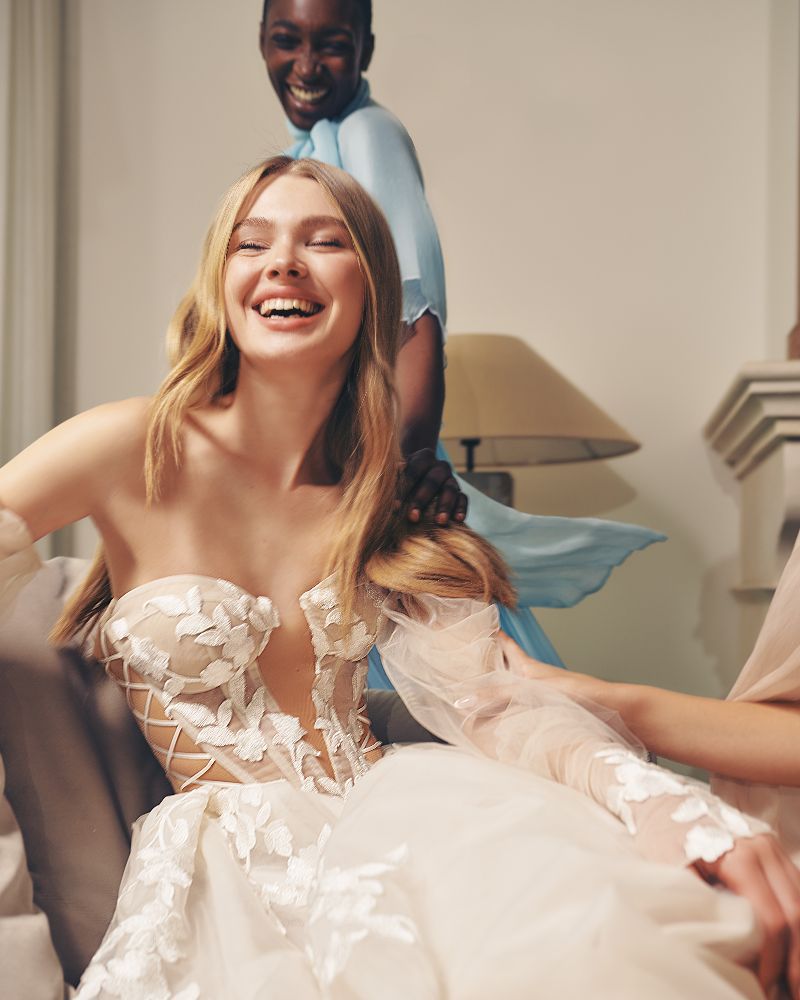
The same sentiment is echoed by Lihi Zwillinger, who heads the high-end Studio Mira Zwillinger with her mother, Mira.
“People go with what they love. They don’t give up on the idea, on the dream, even for a 30-person wedding,” she notes. “They still wanted to wear couture gowns that were created for them, and they went for it.”
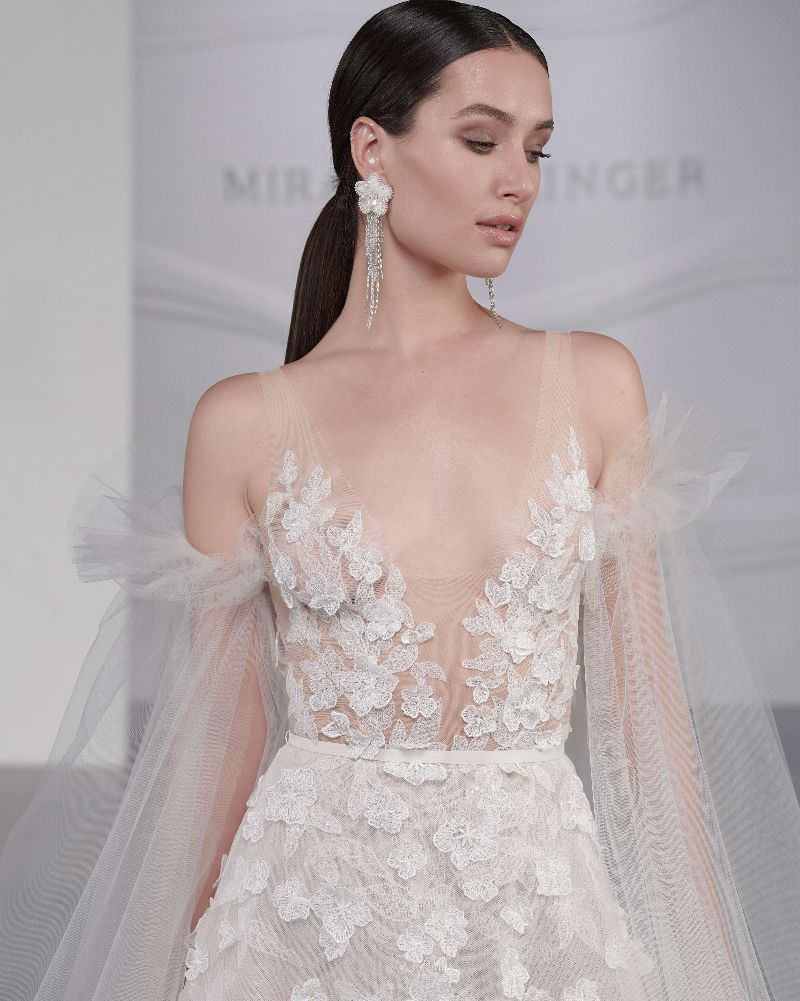
Daring and wilder
Even small weddings gave people a chance to get out of their Covid rut, adds Tel Aviv-based designer Yaara Mann.
“I did see a rise in more special requests, for example for color in the dresses. It was about stepping out of the boredom of wearing our pajamas at home, and about daring more and going a bit wilder,” she notes.
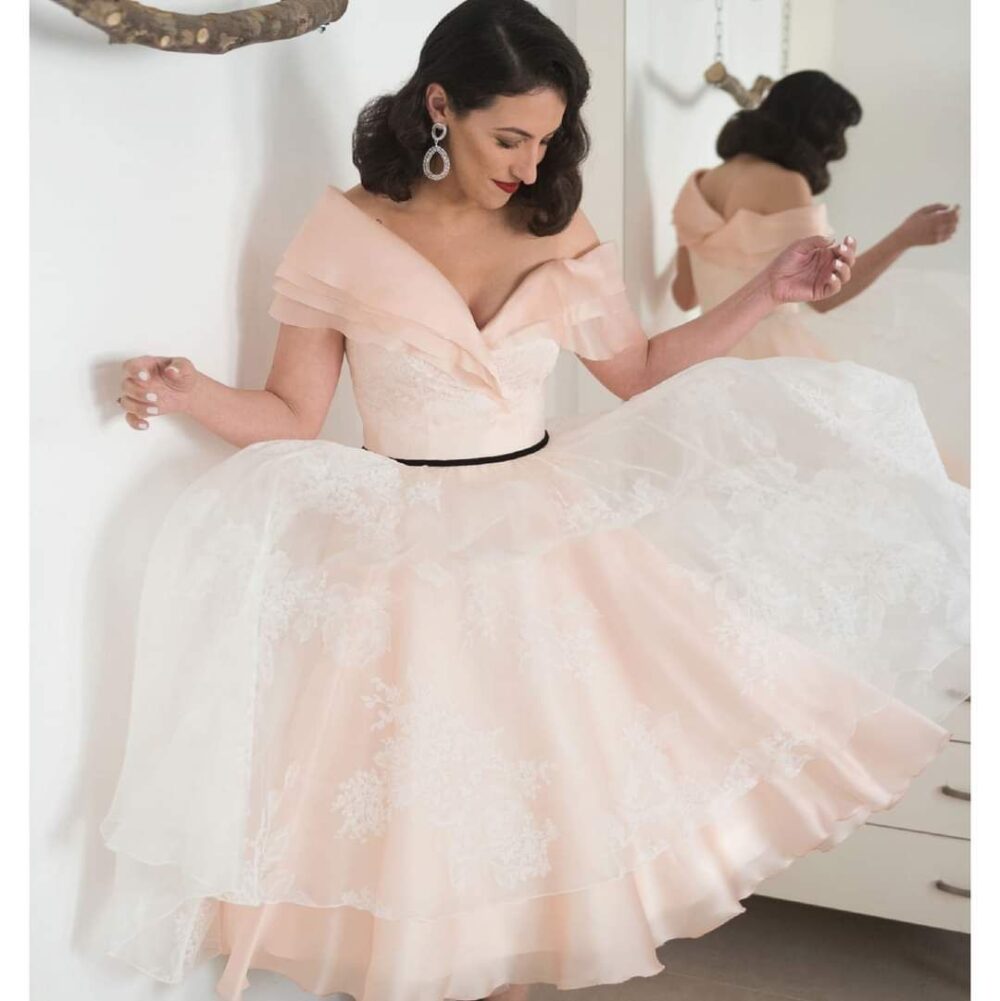
Special requests and extravagant dresses, the designers say, really were the hallmark of the period.
“People kept on getting married, and since there were less invitees there were less expenses on things such as catering, décor and a DJ, so everything became better. The food became better, the flowers became better, the music became better and also the dresses became higher quality,” Sever explains.
“Until now, for example, it was customary only in Israel to change into two or three dresses during a wedding, and suddenly it became acceptable in the United States,” he notes.
“There were also suddenly a lot of short dresses. People wanted to go crazy, whether at a wedding in their parents’ villa or at a small vineyard, or something like that, so there were a lot of brides who wanted short dresses, mini dresses, sparkles and feathers and color, crazier things.”
Another major change was the way that brides shopped for their gowns. Mira Zwillinger dresses, for example, are usually found in two dozen high-end boutiques across the world. But with lockdowns, brides could no longer purchase them that way.
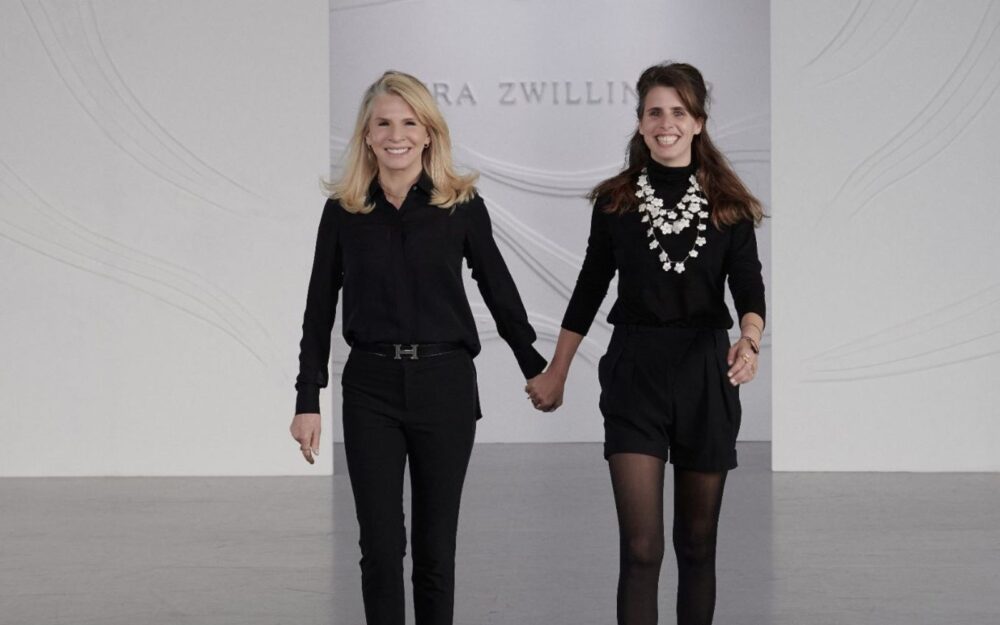
“We came to understand the importance of online,” Zwillinger notes. “It’s all very well that you sell in places all over the globe, but at the end of the day online is also important. But we don’t believe in selling wedding gowns like ours online, they’re too couture. So we went for a different concept that works online, which was to find them a young, cool and contemporary look all their pre-wedding events. After all, a bride isn’t a bride only on the day she gets married.”
To this end, the studio created Zwillinger’s, a line of high-end yet ready-to-wear looks for occasions such as rehearsal dinners or wedding brunches, alongside modular items such as shrugs that can also transform the look of the wedding dress itself.
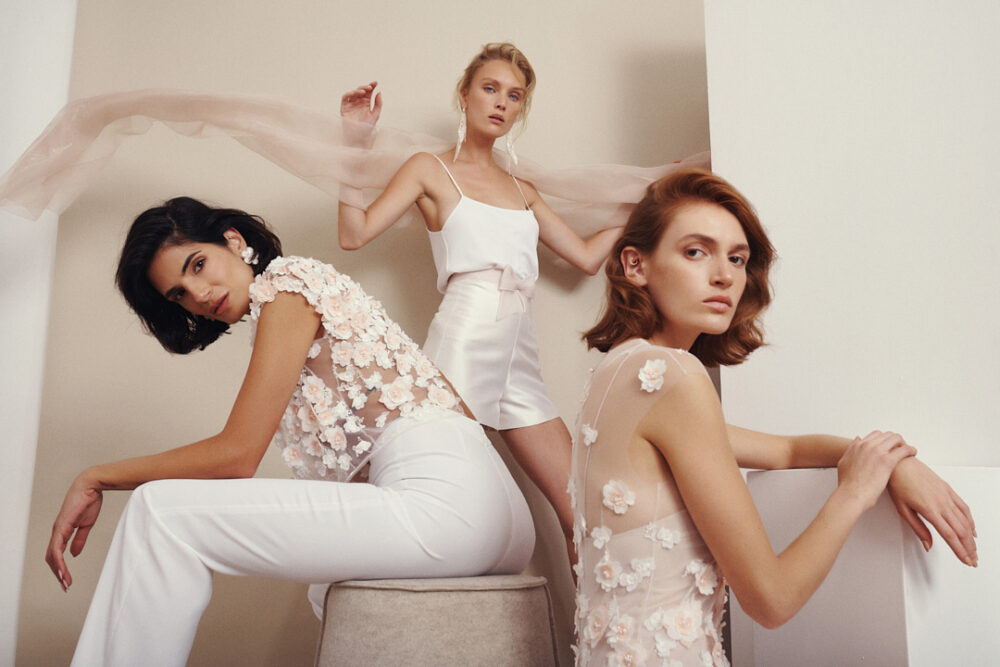
“It’s something that hasn’t yet been done in the bridal world.It’s challenging and nice and interesting to do something that is new in the field,” Zwillinger adds. “It’s a concept that we’ve been wanting to do for a while. We understood that we needed to turn the lemons into lemonade and to go with the vision that we had.”
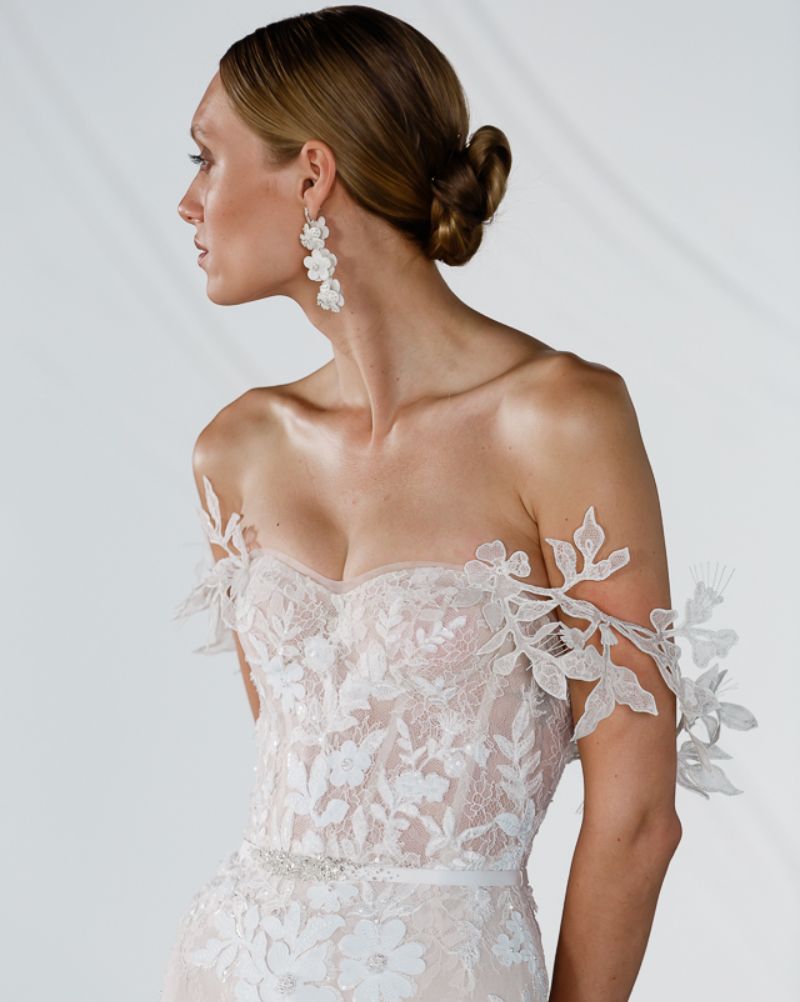
Meeting brides
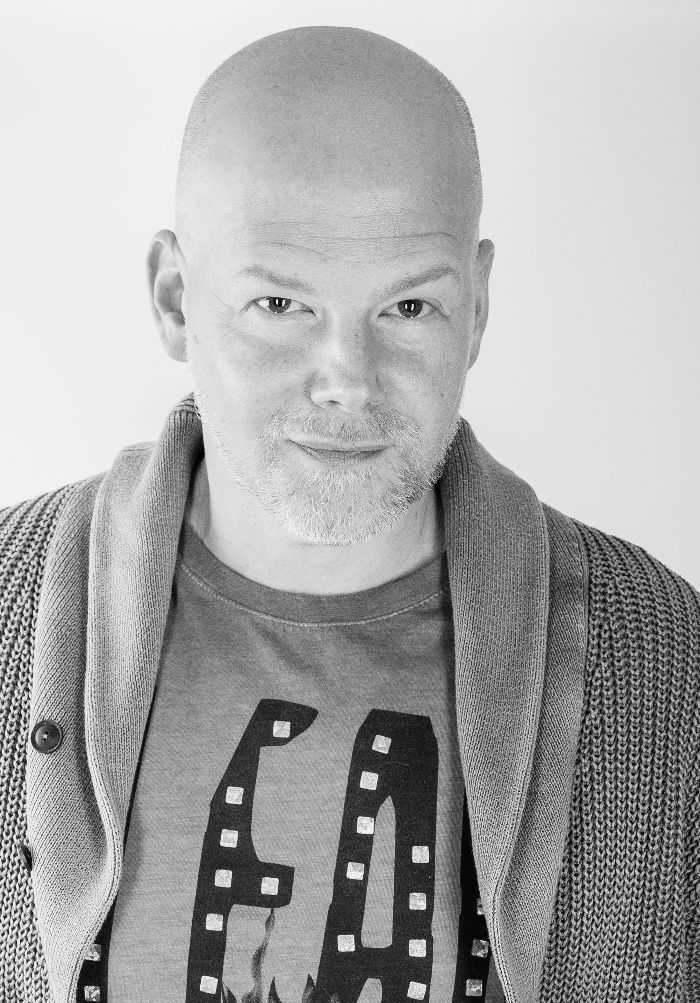
Sever notes that with Galia Lahav stores closed during the pandemic, he actually got the chance to “meet” more customers.
“Suddenly, there were a few Zoom meetings each day, and you got to meet the brides, which was really nice, since these are people you don’t necessarily meet otherwise,” he says. “It was really lovely to meet brides from all over the world and hear how they’re all feeling. It was very exciting, this whole interaction with them and their families.”
Looking forward, the designers note possible lingering effects of the crisis.
“Right now we’re getting into the post-corona period, so it’s a little early to understand what going to happen in the future,” Mann says.
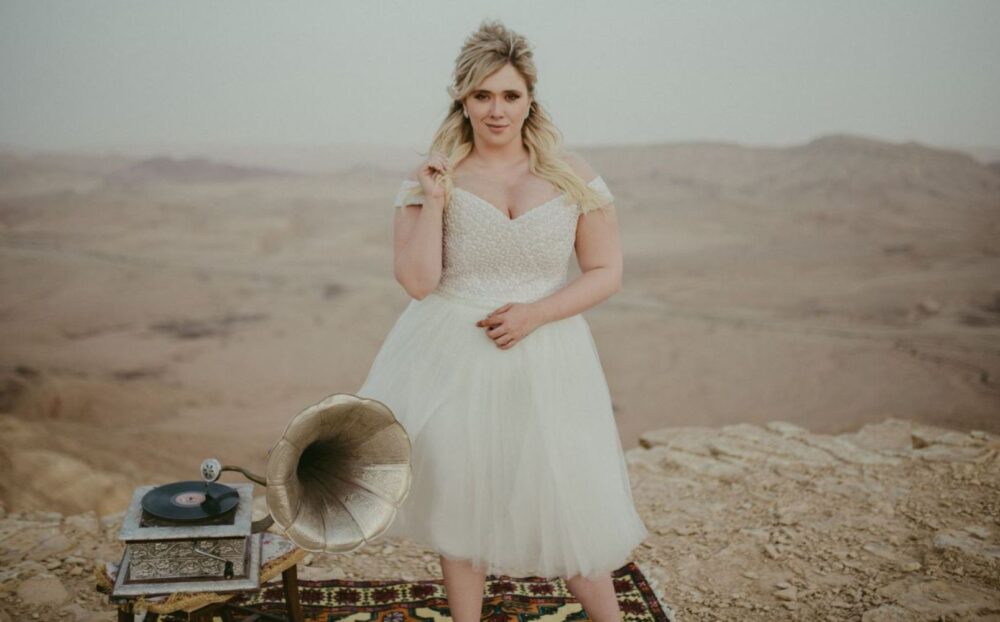
“I think that at the moment the feeling is that weddings are still relatively small, it’s still the end of Covid, but I imagine that soon everything will flip and come back, big time. There’s going to be bigger weddings and bigger dresses.”
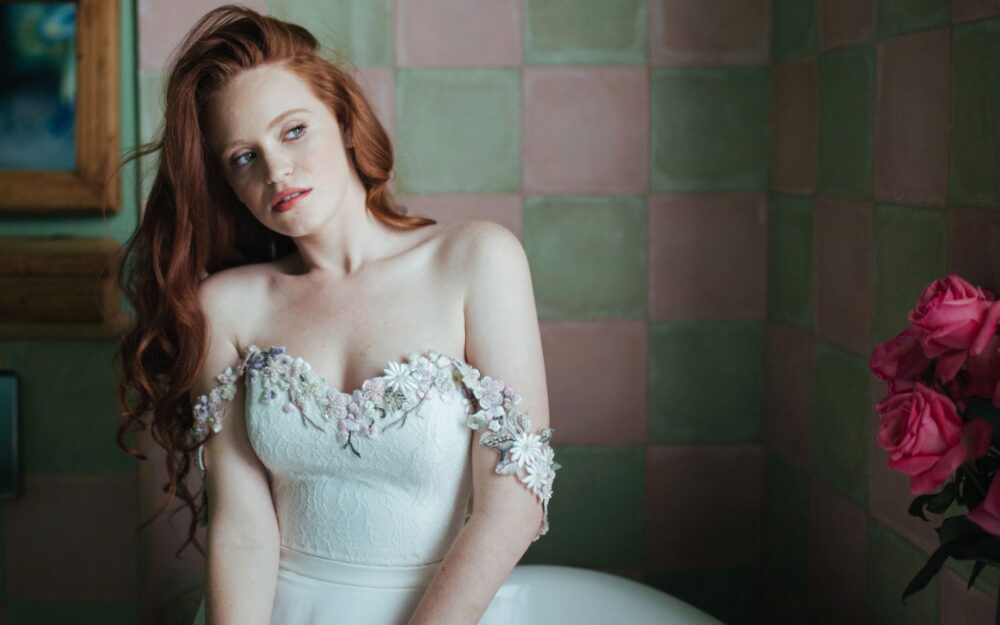
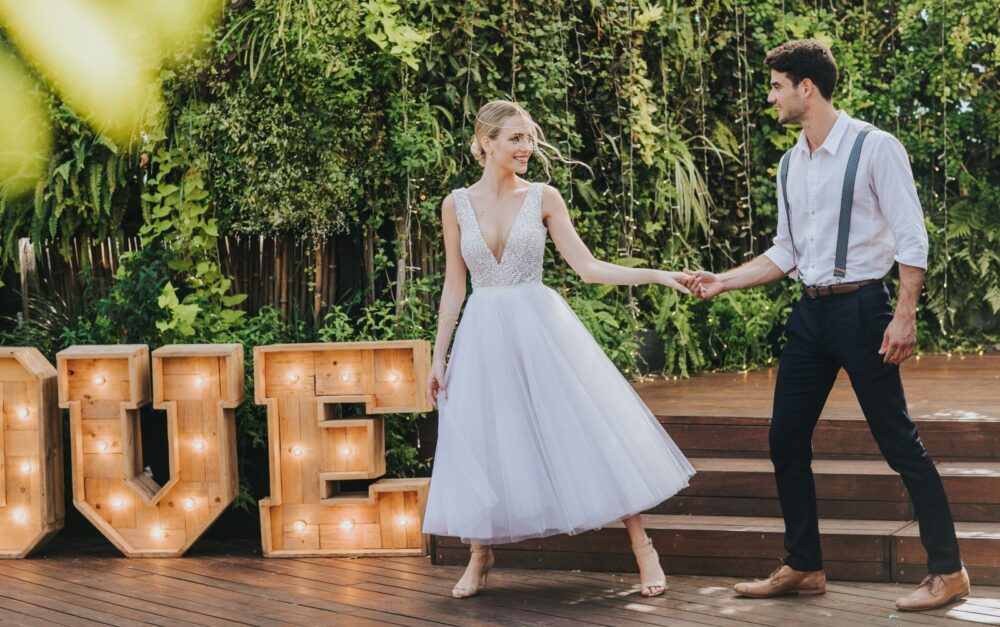
Wedding fashion trends
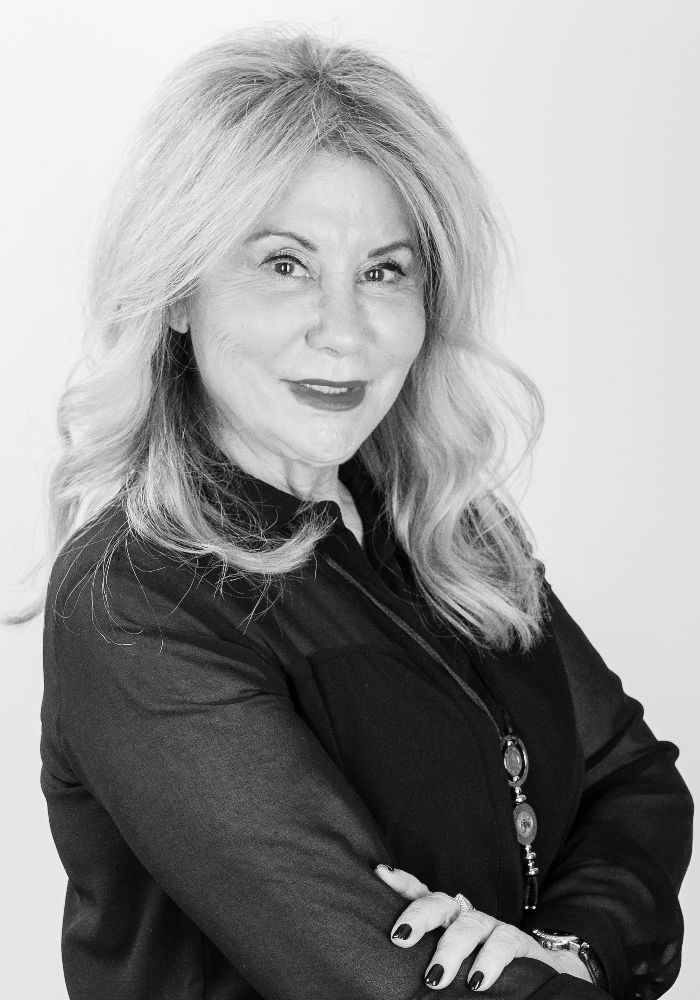
“Because we’ve been wearing gloves and masks and protective suits, a lot of brides are asking for more sleeves, or they want head coverings which are not customary abroad,” Sever notes.
“I don’t think that it’s obvious in their immediate consciousness, but it’s at the back of their minds. It’s a general feeling of when you come to purchase a garment and it suddenly serves as protection as well as coverage, so they want things to be a little longer, or with longer trains, sleeves and all sorts of head pieces.”
Another trend he has identified is sustainability.
“For example, brides want a two-in-one look, that the dress will be big and that parts of it can be taken off, to remove the sleeves or to make it shorter. They also want it to have prolonged use over time, for example a dress that can be cut and used as an evening gown. Again, it’s not conscious, but there’s suddenly a lot of demand for these things.”
Sever does not doubt that these changes will stay with us for a long time.
“Here in Israel, we’re doing well and we don’t feel it, but we’re working with people all over the world and I see that there really are drastic differences between places.”
Six key trends
- A focus on couture gowns that are unique and personal
- Gowns that are extravagant, daring and wilder
- Higher quality gowns
- Online purchasing
- The growth of ready to wear looks for pre-wedding events
- Sustainability – gowns that can be adapted for future use




